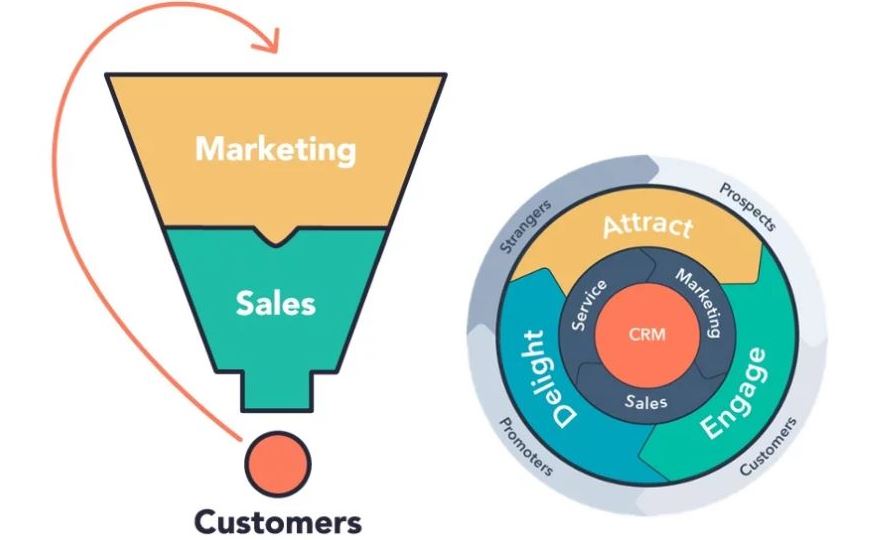What Is Customer Lifetime Value?
The term Customer Lifetime Value (CLV) is used often but frequently misinterpreted as an unimportant metric used mainly by marketing nerds.
In actual fact, Customer Lifetime Value is very important.
CLV is a forecast of the monetary value of an entire customer relationship. Its purpose is to assess how much a customer is truly worth to a business. Many make the mistake of considering only the first purchase of a customer as their value, masking the real revenue that can be attributed to one customer.
Customer Lifetime Value can be calculated by multiplying the average customer value by the average customer lifespan. This will give an informed prediction of how much revenue a customer can be expected to make for a business.
You can read more on how to calculate CLV in this blog, but, the standard calculation looks like this:
CLV = Average Customer Value (Purchase Frequency x Purchase Value) x Average Customer Lifespan
Customer Lifetime Value is one of the most important metrics to measure for any company as it demonstrates the total revenue a business can expect from a single customer account.
It also helps you understand how to improve the value of a customer by:
- focusing on promoting repeat purchases
- increasing customer lifespan
- increasing average customer purchase value by cross-selling and upselling.
What business owner wouldn’t want that information?
How Does Customer Lifetime Value Relate To Marketing?
By measuring Customer Lifetime Value alongside the cost of acquiring new customers, a business is able to understand whether their sales and marketing department is sustainably acquiring enough new business. It also demonstrates how long it takes to recoup the cost of selling to a new customer.
For example, if acquiring a new customer costs your business £50 but the average CLV is £150 you probably aren’t operating sustainably. This means you can begin to set targets on how much you invest in acquiring a new customer compared with the average value of a customer.
Not measuring these metrics could lead to a downward spiral of focusing on customer numbers instead of customer profitability. Very dangerous territory indeed.
Working with these calculations can also be incredibly revealing. It will highlight whether your business is experiencing friction points such as:
- poor client retention
- a lack of cross-selling and upselling
- dissatisfied customers
- the absence of a structured customer journey.
Each of these points can be a serious issue when it comes to company growth putting immense pressure on the need to find new customers. And we all know that focusing on acquiring new customers is more expensive than selling into your existing database.
In fact, it is around five times more expensive.
How To Improve Customer Lifetime Value
While CLV is incredibly important to the marketing department, it is the responsibility of the whole business to help improve this. That means, sales, marketing, customer service and other teams!
There are many ways you can improve customer lifetime value including:
- being proactive with upselling and cross-selling
- segmenting your existing customer database to allow for personalised communication
- improving customer retention and focusing on delighting your customer
- re-engaging with lapsed and disengaged customers to bring them value.
Improving customer lifetime value is something we focus on more in this blog.
Calculating Customer Lifetime Value and understanding how much the average customer is worth to you is an invaluable exercise. Understanding your CLV versus your cost of acquisition can reveal friction points preventing business growth.
If you want to know more about measuring CLV and how to improve your revenue with existing customers, take a look at our Introduction to Marketing Automation Whitepaper!







